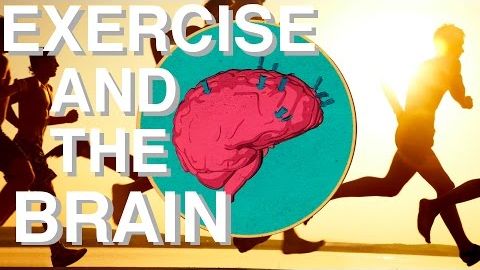為什麼運動如此被低估(腦力與運動鏈接)? (WHY Exercise is so Underrated (Brain Power & Movement Link))
encheng 發佈於 2021 年 01 月 14 日  沒有此條件下的單字
沒有此條件下的單字US /pɚˈspɛktɪv/
・
UK /pə'spektɪv/
- n. (c./u.)透視;觀點,態度;觀點;恰當的比重
US /ɛnˈtaɪr/
・
UK /ɪn'taɪə(r)/
- adj.全體的 ; 完全的;未分割的;全緣的 (植物學)
US /dɪˈprɛʃən/
・
UK /dɪ'preʃn/
- n. (c./u.)憂鬱;蕭條;憂鬱症;經濟蕭條;低氣壓;窪地
US /ˈstrætədʒi/
・
UK /'strætədʒɪ/

